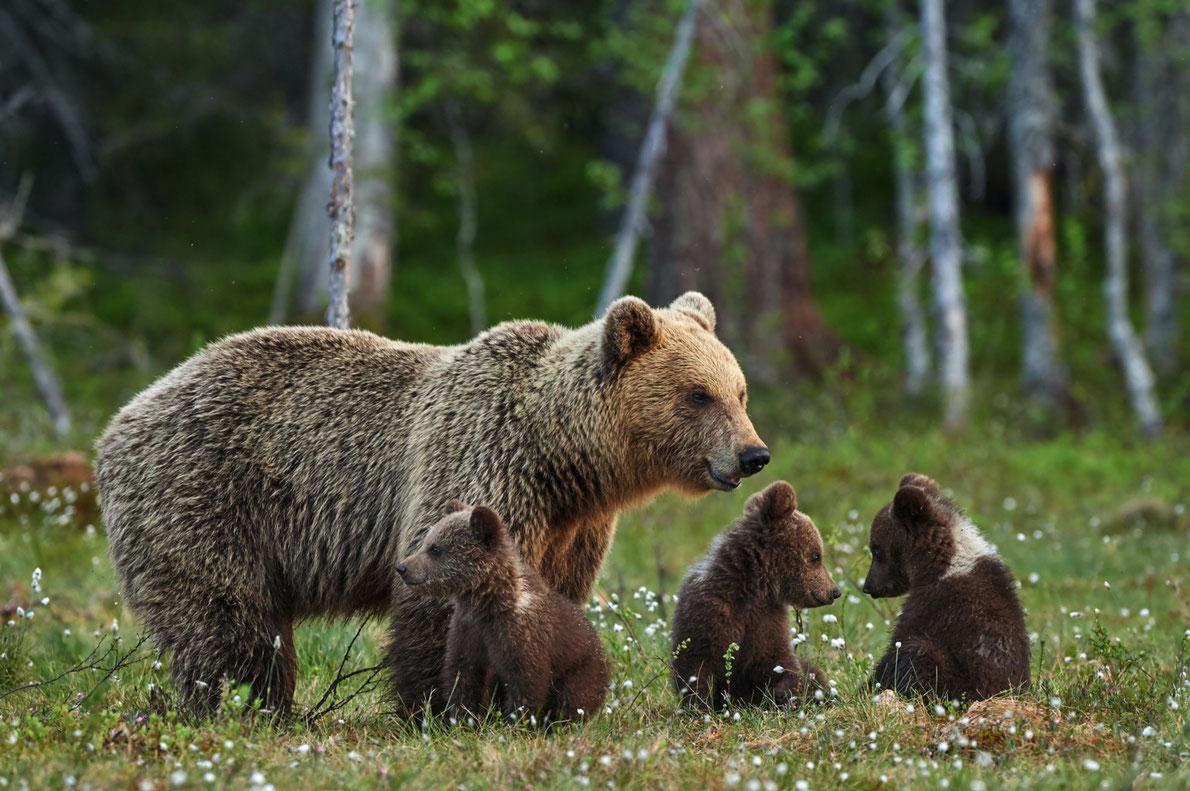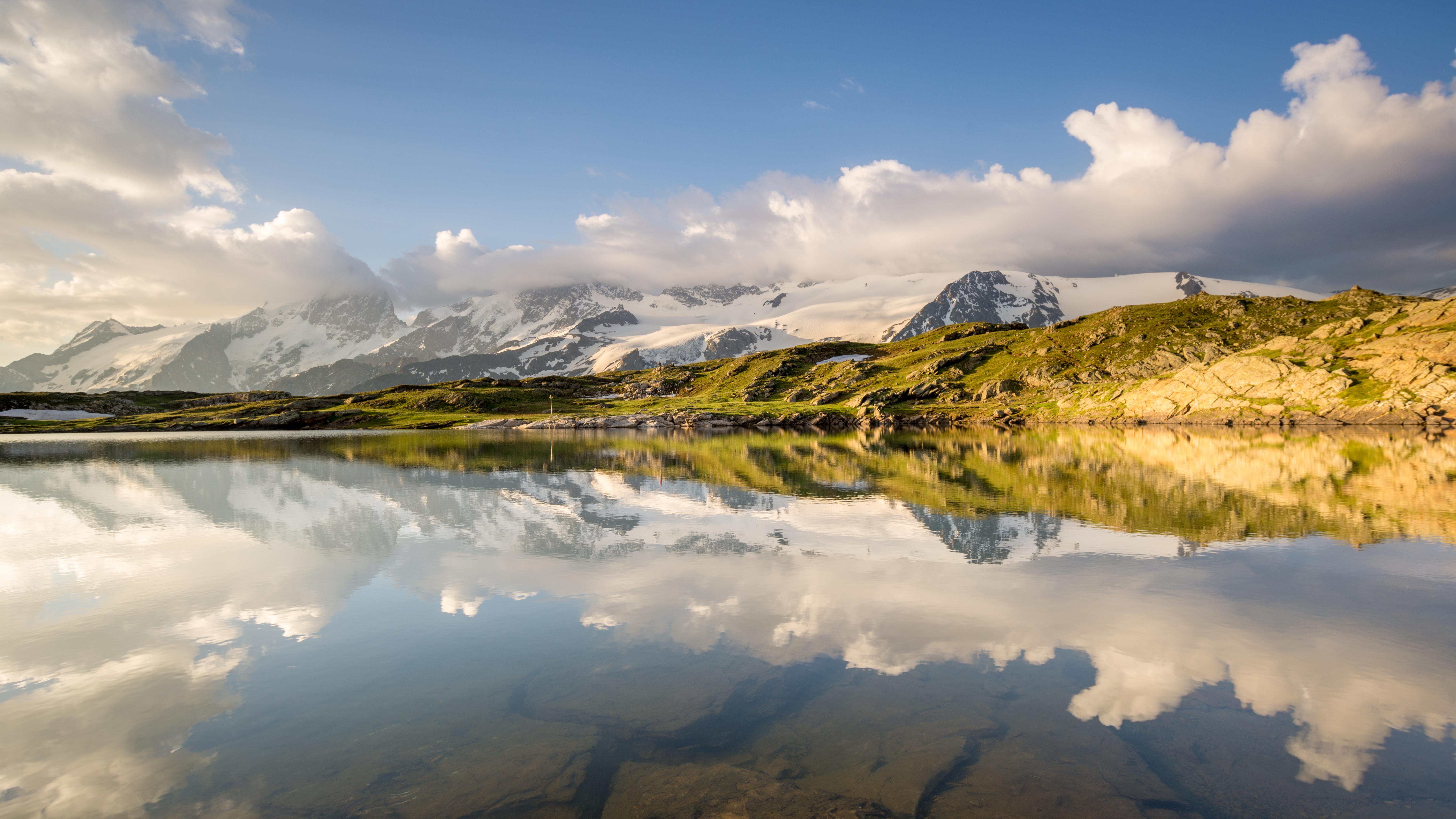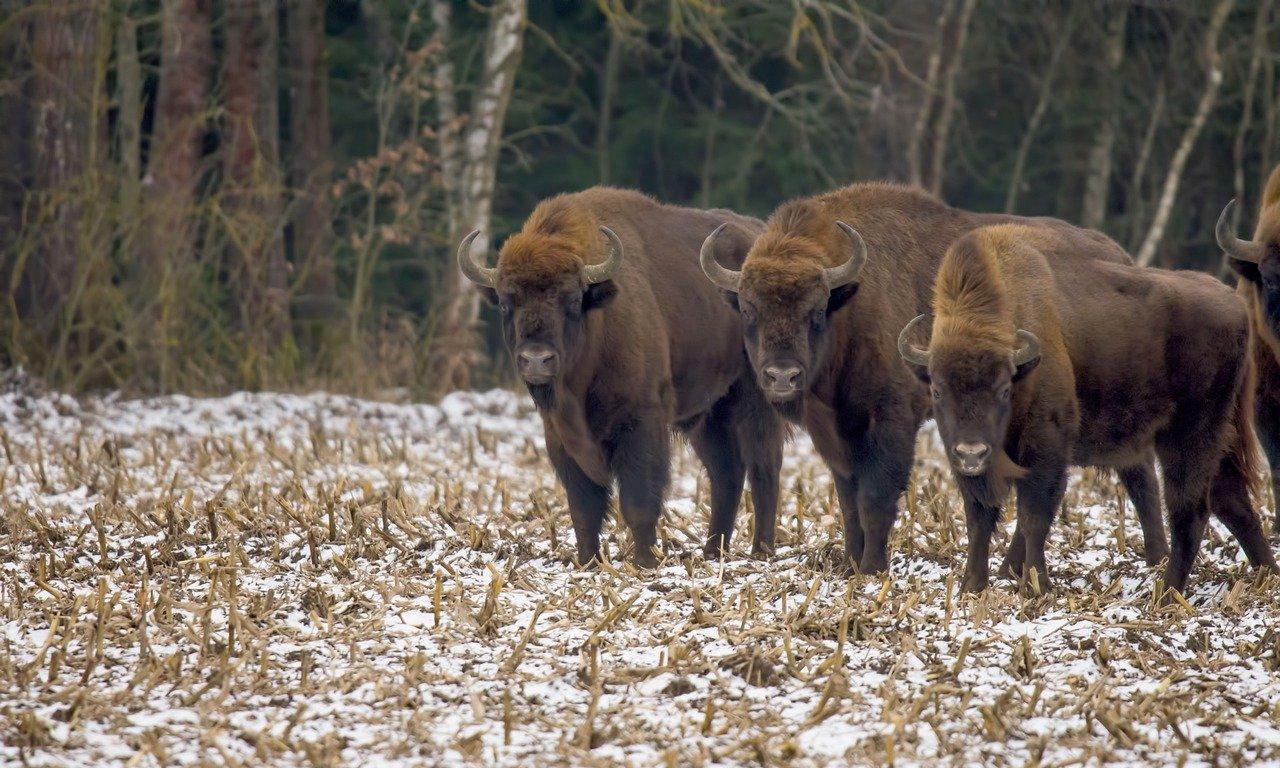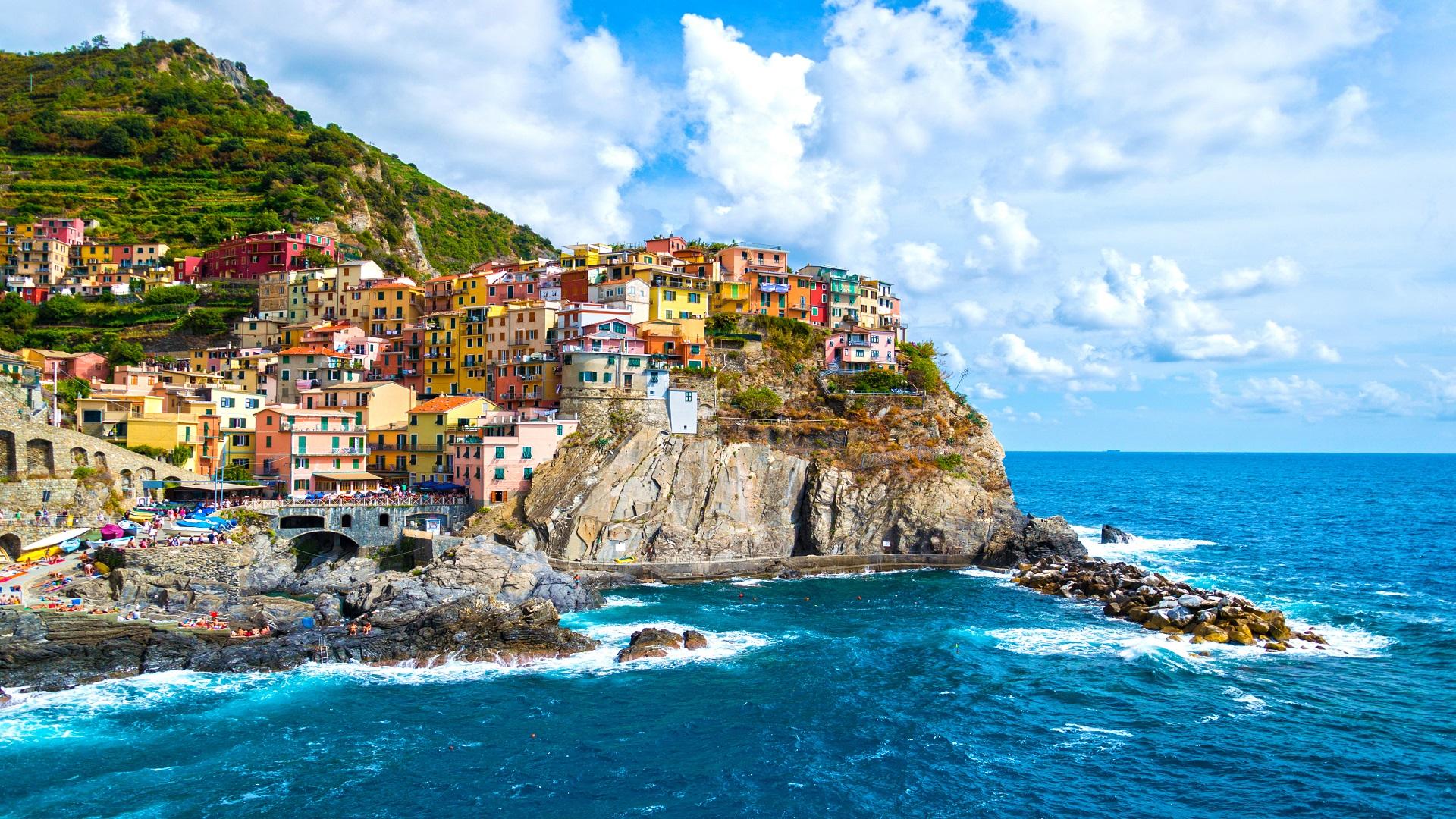The creation and revival of national parks serve as a manifestation of careful and thoughtful attitude towards nature and the environment. In this way, people try to save endangered species of animals and plants, preserve and enhance natural beauty, and change reckless attitudes towards ecology and biological balance. There are more than 400 nature parks in Europe, each of which is unique in its own way. Visiting nature reserves teaches you to appreciate, protect and understand nature from an early age. This blog features a selection of some of Europe's most colourful, impressive and memorable conservation parks.
Ordesa National Park (Spain)
Ordesa is one of Spain's oldest national parks, founded in 1918 in the Pyrenees mountain range on the border with France. This UNESCO World Heritage Biosphere Reserve mesmerises visitors with its picturesque landscapes, limestone caves and cascading waterfalls. The main local attraction is the mountain peak Monte Perdido (3355 metres). The park offers hiking, cycling and horse-riding trails of varying degrees of difficulty. One of them leads to the Cola de Caballo waterfall, a popular tourist attraction, which is about 25 metres high. In addition, lovers of green tourism can raft on the mountain rivers flowing here, and climbers can conquer the protected peaks. A huge field of activity and inspiration awaits photographers and painters.
The park's inhabitants include marmots, deer, Pyrenean chamois, wild boars and even brown bears. The flying category includes warthogs, hawks, grouse, black woodpeckers and various species of butterflies. The most exotic representatives of the fauna are edelweiss, which grows on mountain slopes above 1,500 metres, and the magnificent Pyrenean lilies, which produce up to 12 bright yellow flowers. Programmes and workshops are organised within the park to enhance natural knowledge and foster respect for the natural environment. The closest airport to the park is Zaragoza Airport, which is about two hours away.
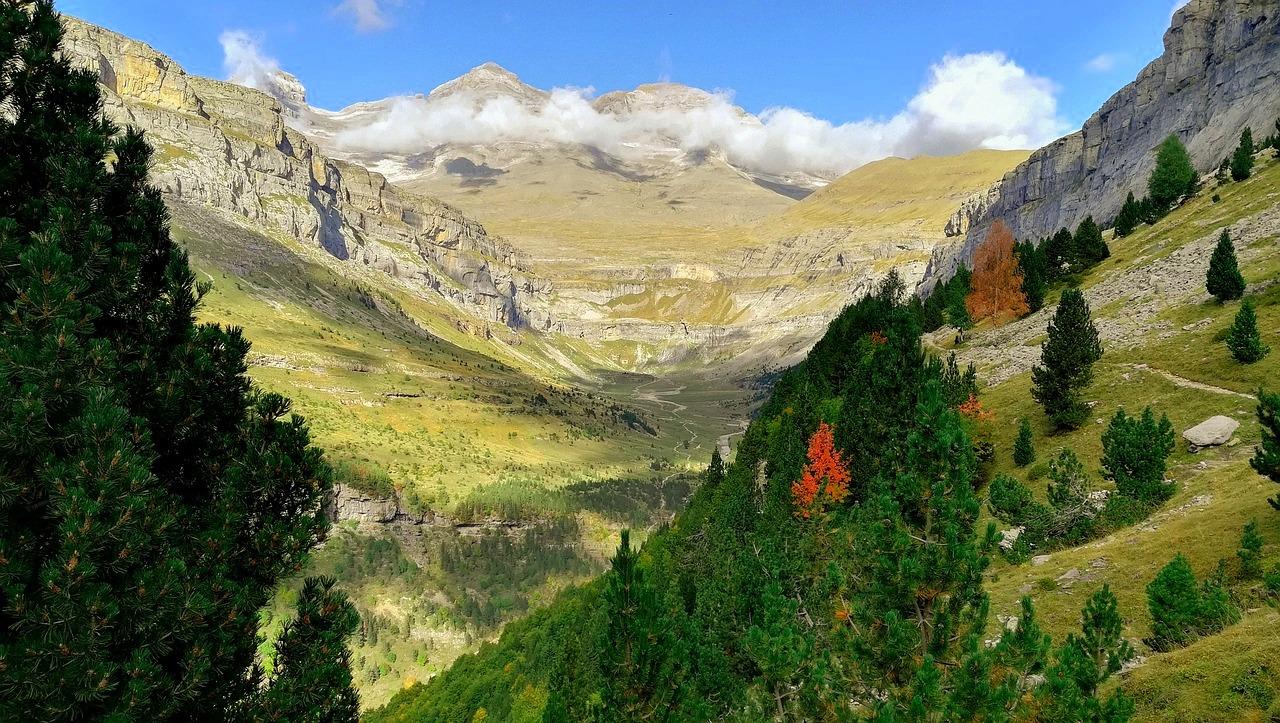
Oulanka National Park (Finland)
The history of the reserve dates back to ancient times, when the Lappish Sámi people lived here. Their way of life reflected a deep connection and dependence on nature. The Oulanka Park officially opened in 1956 and was named after the river of the same name that flows through its territory. Up until the 1990s, the reserve grew in size and reached the border of Russia. The park, which is protected by the World Wide Fund for Nature Protection, has developed a unique natural diversity, a combination of northern and eastern Scandinavian nature. Many non-man-made sights have been preserved here: gorges, natural lakes, river rapids and waterfalls. One of the gems of the reserve is the famous Karhunkierros hiking trail, over 80 kilometres long, where you can enjoy the surrounding views at any time of the year. The animal world is represented by bears and moose, lynx and wolverines. Among the birds of prey are golden eagles, eagles, kites, thrushes, wrens and tiny warblers. In addition, there are kushkas and grouse.
In addition to nature observation, you can fish, pick berries and mushrooms, go river rafting, go cycling and skiing in winter. The park's visitor centre hosts an exhibition about the nature of the region and its inhabitants. In the children's zone, young visitors are taught to be sensitive to nature from a young age. Forest huts, campsites and tourist complexes are available for overnight stays. Park employees conduct important scientific research and practice environmental education. The best time to visit the reserve is autumn, when nature shines in all its splendour. The nearest airport is Kuusamo, where several flights from Helsinki arrive daily.
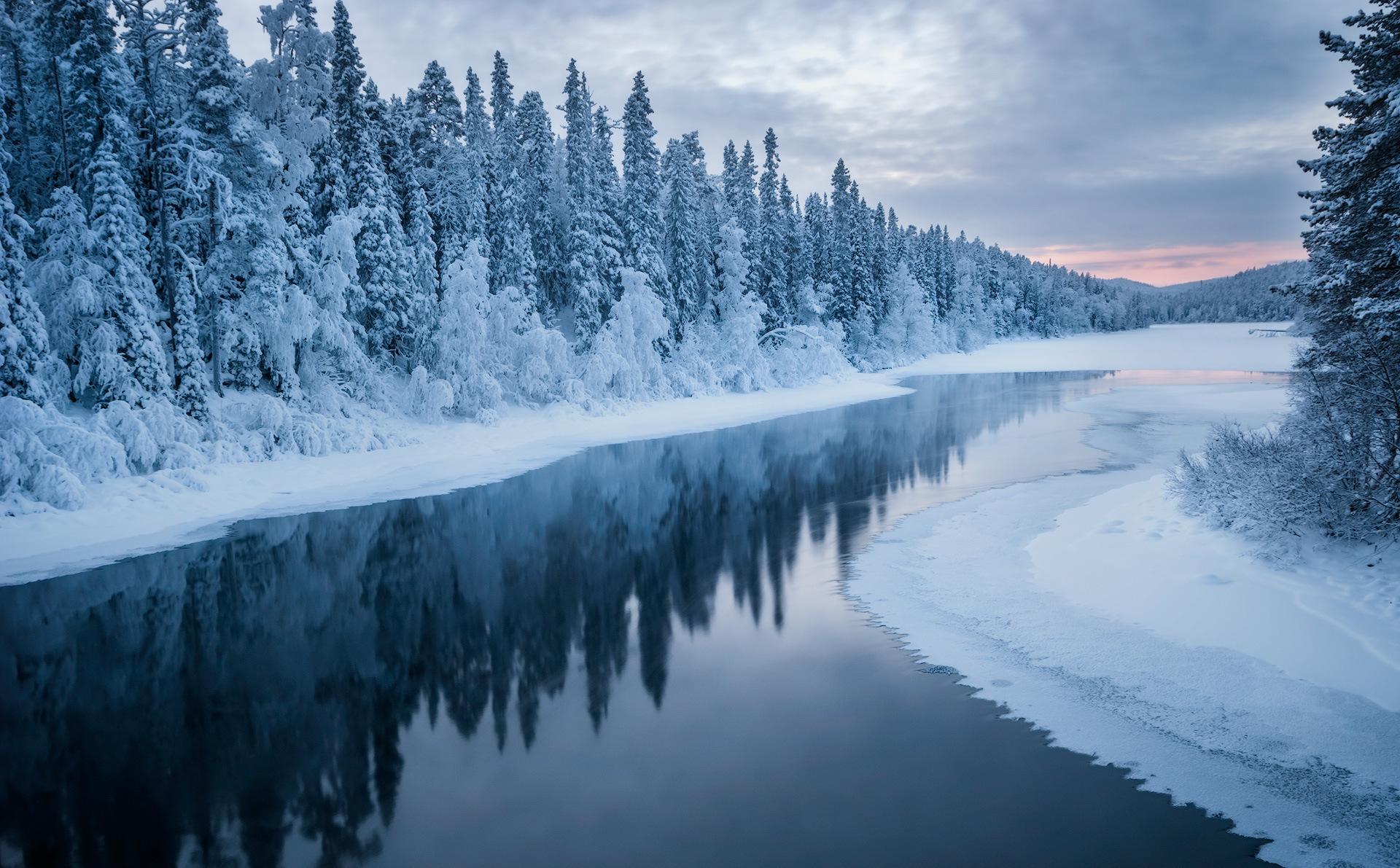
Durmitor National Park (Montenegro)
Durmitor National Park, located in the mountainous region of north-western Montenegro, was founded in 1952. Dense forests on the territory of the reserve are interspersed with deep gorges and mountain peaks, the highest of which is Bobotov Kuk (2523 m). In the park there are more than one and a half thousand species of plants and about 130 species of birds, including golden eagles, peregrine falcons and grouse. Large mammals such as brown bears, wolves and European forest cats can be found here. The rivers are home to the endangered Danube salmon, among other fish. Thanks to this diversity and its pristine nature, the park has been a UNESCO World Heritage Site since 1980. The park is inhabited by farmers and shepherds who traditionally use the high mountain meadows as summer pastures. The park serves as a centre of attraction for tourists.
In summer, mountaineering, rafting and hiking are the main types of active recreation here. In winter, skiing in all its forms. In the season the reserve is of interest to mushroom hunters. There is an amusement park on the territory, where every visitor from the age of 5 can find something to do in the fresh air. ATV tours are organised in the protected area. There are several authentic restaurants offering, among other things, dishes made from local organic products. The nearest airport is Podgorica Airport, a two-hour drive away.
Hohe Tauern National Park (Austria)
The Austrian Hohe Tauern National Park, founded in 1913, is the largest nature conservation area in the Alps. According to the park's staff, the idea of the park is to preserve outstanding natural creations for present and future generations and to make them tangible and accessible to people. The highest peak in the country, the Großglockner Mountain (3798 m), and waterfalls with a height difference of up to 400 metres are located on the territory of the park. The park is the epitome of alpine beauty with mind-boggling mountain landscapes and massive glaciers. Harsh snowy winters regularly generate avalanches and make the mountain ranges accessible only to experienced mountaineers. In summer, however, the park shows its hospitality and rich palette of natural colours to all comers.
More than a third of all plants in the alpine region grow here, including edelweiss and rare Swiss pines. Animals include chamois, ibex and marmots, while birds include golden eagles and warthogs. Hiking and cycling tours are organised here, as well as ski tracks. The territory of the park is of genuine interest for mountaineers. And car journeys along high-mountain roads with tunnels are breathtaking. Nevertheless, the conditions of the reserve are suitable not only for extreme sportsmen, but also for family holidays. The nearest airport to the park is Salzburg Airport, which is about an hour and a half drive away.
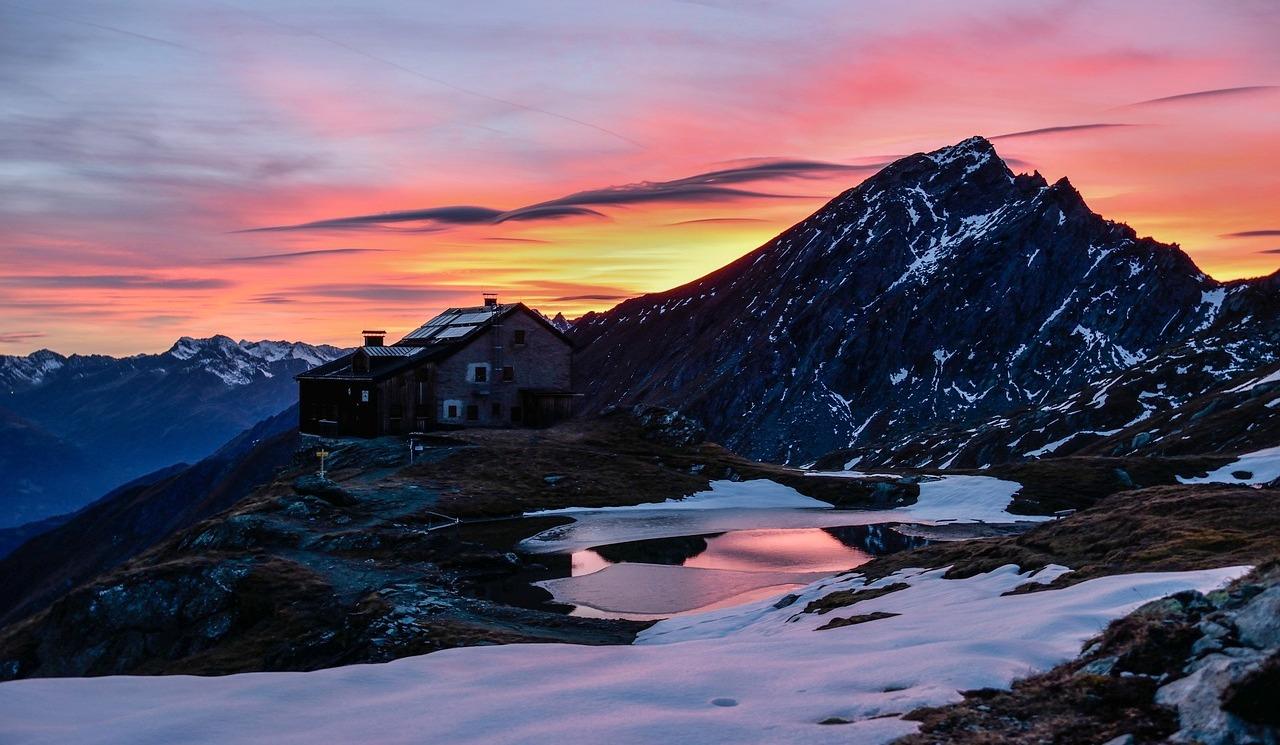
Ecrins National Park (France)
Ecrins National Park is located in the Alps in south-eastern France and extends from an altitude of 800 metres to above 4 kilometres. It was created in 1973 because of the ecological and cultural importance of the area and to protect rare species of animals and plants. The Barre des Écrins (4102 m), the highest peak in the Ecrins mountain range, is popular with mountaineers and there are hundreds of kilometres of cycling and skiing trails. Mountain scenery alternates with woodlands, alpine meadows and sparkling lakes.
The reserve is a popular centre for extreme sports, with rock climbing, skiing and rafting on the mountain rivers. The park is home to many species of animals, including chamois, hares, foxes, squirrels and marmots. One third of all plant species in France grow in the area. Tourists are welcome to visit the park, but there are a number of strict rules. Several guesthouses and high-altitude shelters are open to visitors. The park has been awarded the European Diploma of Protected Areas. The closest airport to it (about an hour and a half drive) is Grenoble-Isère airport. the best time to visit is from July to September.
Vatnajokull National Park (Iceland)
Vatnajokull National Park, one of the largest nature reserves in Europe, officially registered in 2008, occupies an impressive territory in the south of Iceland. The complex name of the park, included in the registers of one hundred of the world's most significant geological and UNESCO World Heritage sites, translates as ‘water glacier’. On the territory of the reserve are collected crumbling glaciers, geothermal springs, extinct and active volcanoes, snow-capped mountains, ice caves and quiet lagoons. In other words, ice and flame coexist together here. The highlight of the park is the glacial lagoon of Jökülsaurlawn, full of icebergs surrounded by mesmerising waterfalls.
The local climate is maritime arctic, so you can see seals in their natural habitat at ground level and soaring gulls and their waterfowl relatives in the air. The park's stunning contrasts attract not only experts and photographers, but also nature lovers from around the world. In summer, a number of educational programmes and hikes are organised in the park. The nearest airport to the park is Keflavik Airport, a 4-hour drive away.
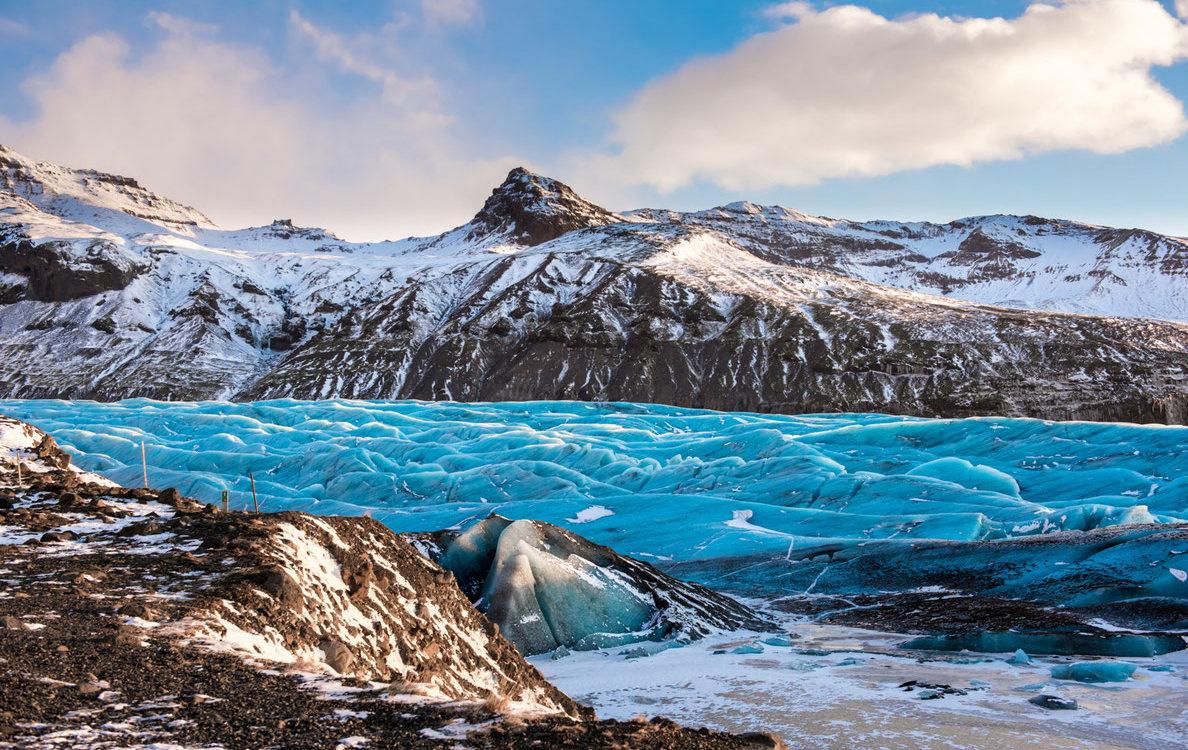
Cavo Greco National Park (Cyprus)
Cavo Greco National Park occupies the territory of the cape of the same name on the south-eastern coast of Cyprus between the resort towns of Ayia Napa and Protaras. The reserve received its official status in 1993 and is the south-easternmost point of the European Union. In ancient times it was believed to be a sacred place of the goddess Aphrodite, in whose honour a temple was erected. The natural landscapes of the park are combined with coastal beauty. Rocks and crystal clear sea water provide shelter for a succession of deep-sea dwellers. The reserve, with its inherent diversity of flora and fauna, belongs to important ornithological areas. Cypriot stoneflies and warblers, black francolins, gadwalls and kestrels breed here. It is also a resting place for many birds of prey during their seasonal migration. Among animals there are foxes, hedgehogs, hares and lizards.
There are many hiking trails with benches where you can take a break. The hiking trails offer spectacular panoramas of the Mediterranean Sea. Kavo Greco is home to a number of attractions such as Konnos, one of the most beautiful beaches in Cyprus, the small church of Agia Anargyri, the Cyclops Cave and other sea caves. The local climate allows you to visit the park all year round, but the most suitable periods are April to June and September to November. The closest airport to the reserve is Larnaca Airport, just over 50 kilometres away.
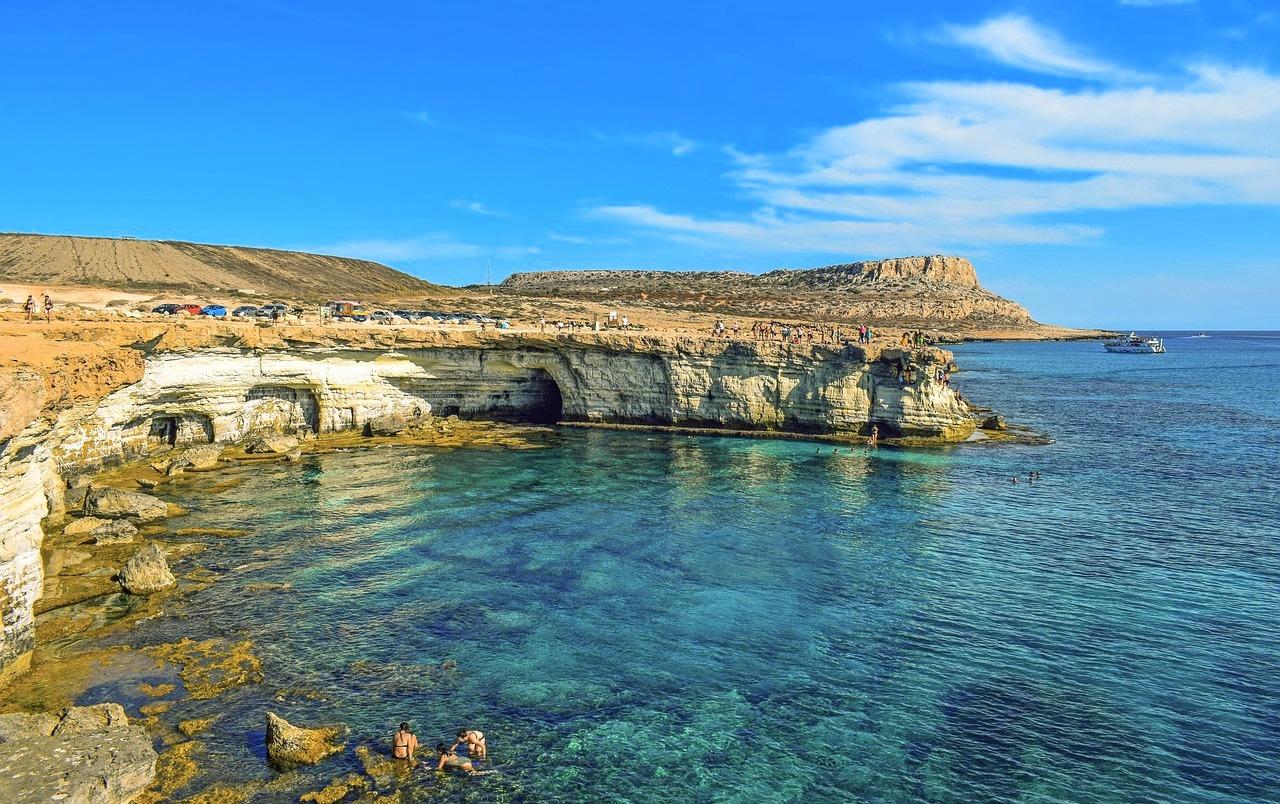
Plitvice Lakes National Park (Croatia)
The oldest and largest national park in the Republic of Croatia was founded in 1949. It is a UNESCO World Heritage Site and a natural pearl of the Balkans. The reserve is famous for its natural beauty, cascades of waterfalls and underground mineral springs. The main attraction of the park is the 16 crystal clear interconnected lakes, each of which retains its hue. Must-see sites include the source of the Korana River, dense forests of beech and fir, pine and spruce trees and natural caves. The local flora includes about 1.4 thousand plant species. Today the reserve is inhabited by about 260 vertebrate animals, including lynxes, wolves and bears. The ornithological collection represents about 170 species of birds. It is also home to several amphibians and reptiles.
Fundamental projects in the field of aquatic ecology are generated in the park. Hiking, rowing and cycling are practised in the protected area, and skiing and sledging start in winter. In addition, park staff have created all conditions for business events and family celebrations, including weddings. Restaurants, hotels and campsites are open on the territory. Groomed wooden paths make it accessible to nature lovers of all ages. The closest airport to the park is Zagreb Airport, which takes about 2.5 hours to reach.
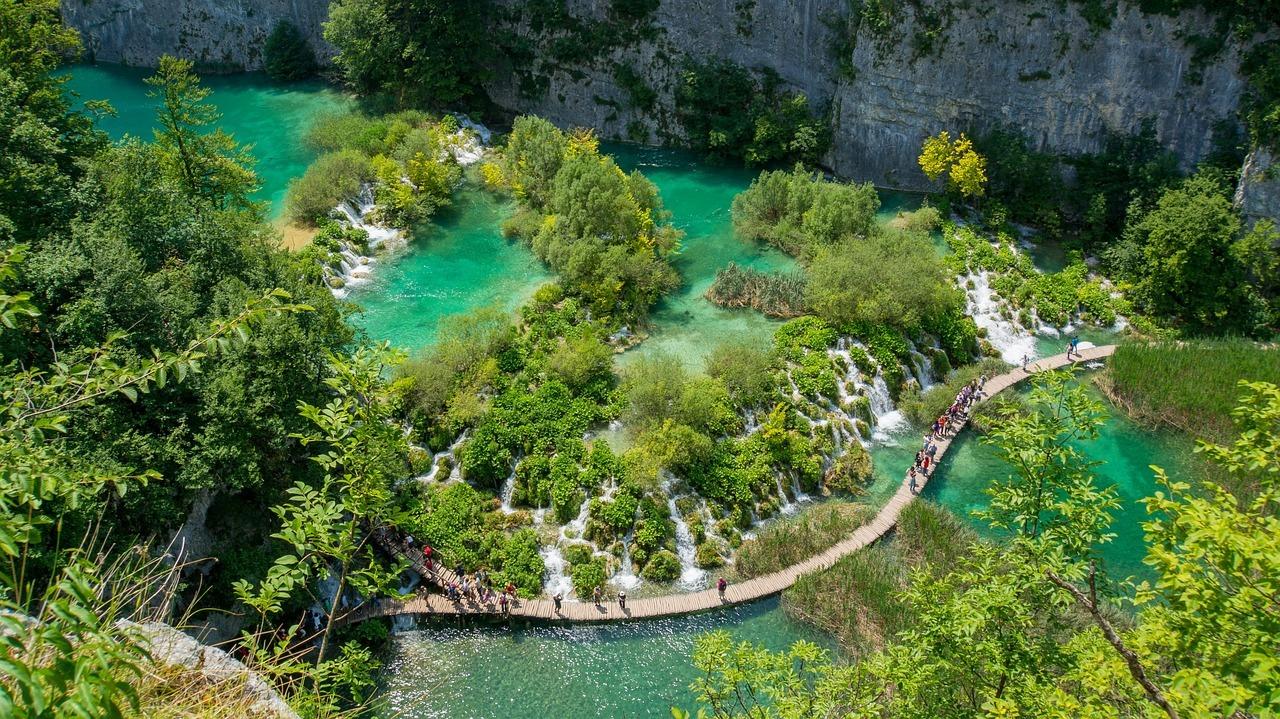
Bialowieża National Park (Belarus - Poland)
One of the oldest nature reserves in Europe, through which the state border passes, is located on the territory of two countries - Belarus and Poland. In 1992 it was included in the UNESCO World Heritage List and in 1993 it became a biosphere reserve. In the course of history, the park was passed from one state to another many times, but in 1795 it became part of the Russian Empire and Catherine II allowed hunting of all animals except bison, which even today constitute the largest population in the world and are its symbol. In total, there are about 60 species of mammals and more than 250 species of birds. Among them are deer and wild boars, roe deer and moose, wolves and foxes, badgers and otters. Among the birds of the feathered group, storks, cranes, owls, woodpeckers and many other species of birds live in the reserve seasonally or permanently.
The uniqueness of the Bialowieza Park lies in the fact that the remains of the so-called temperate primitive relict forests have been preserved here, which cover more than % of its territory. Among more than a thousand species of plants - there are oaks that are more than 500 years old. One of the main attractions of the park is the Museum of Nature, which has a collection of unique exhibits. There are many hiking and cycling routes in the territory. It is noteworthy that at the end of 1991 in the governmental residence ‘Visculi’ the so-called ‘Belovezh Agreement’ was signed, which put an end to the existence of the Soviet Union. The high tourist season in the Bialowieza Nature Reserve is from April to October.
Cinque Terre National Park (Italy)
The Cinque Terre National Park is the jewel of the Italian riviera, located between the cities of Genoa and Pisa in the west of the country. It became a UNESCO World Heritage Site in 1997, although it was officially founded in autumn 1999. The reserve was created to protect the local ecosystem and prevent its further transformation. The nature protection zone covers seaside villages with colourful houses, terraces of growing vineyards and olive trees and part of the Ligurian Sea that washes its shores. The park will appeal primarily to nature lovers and hikers, but also to those who want to sample authentic Italian cuisine: there are traditional Apennine trattorias. The most popular hiking route is the Blue Trail, which connects all five local villages. The reserve is home to squirrels, badgers, martens and foxes, and a variety of small birds such as finches, robins, starlings, jays and woodpeckers.
On the steep slopes of Cinque Terre there are stone oaks, heather and strawberry trees. A little higher up, there are seaside pines and chestnuts. The best time to visit the reserve is in spring or autumn to avoid the crowds of tourists, who are welcomed by the natural beauty, hospitable locals and small cosy restaurants. Visitors have the option of staying in hotels within the park or renting accommodation. The nearest airport is Pisa International Airport, from where you can travel by train to La Spezia and then take the local train connecting the five protected villages.
Read also:

